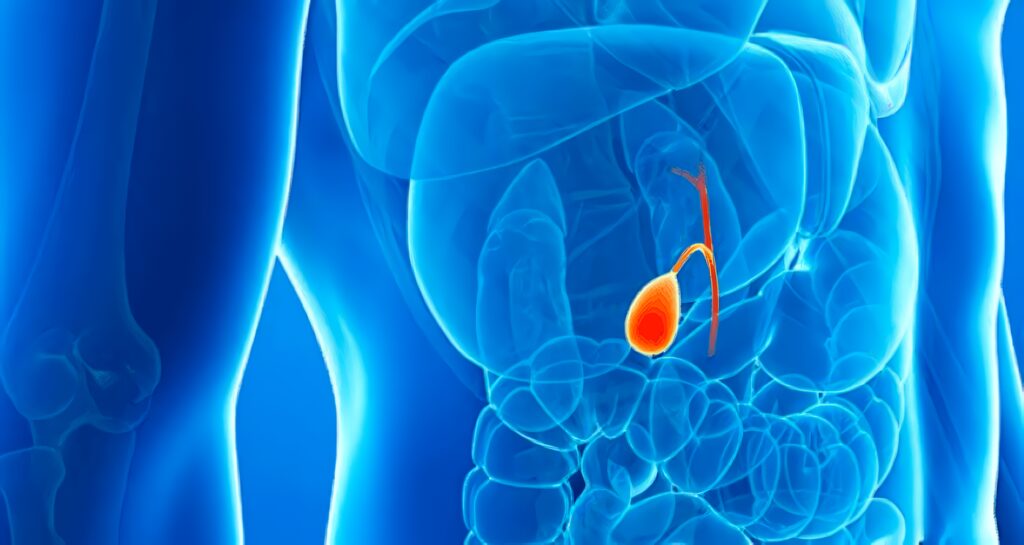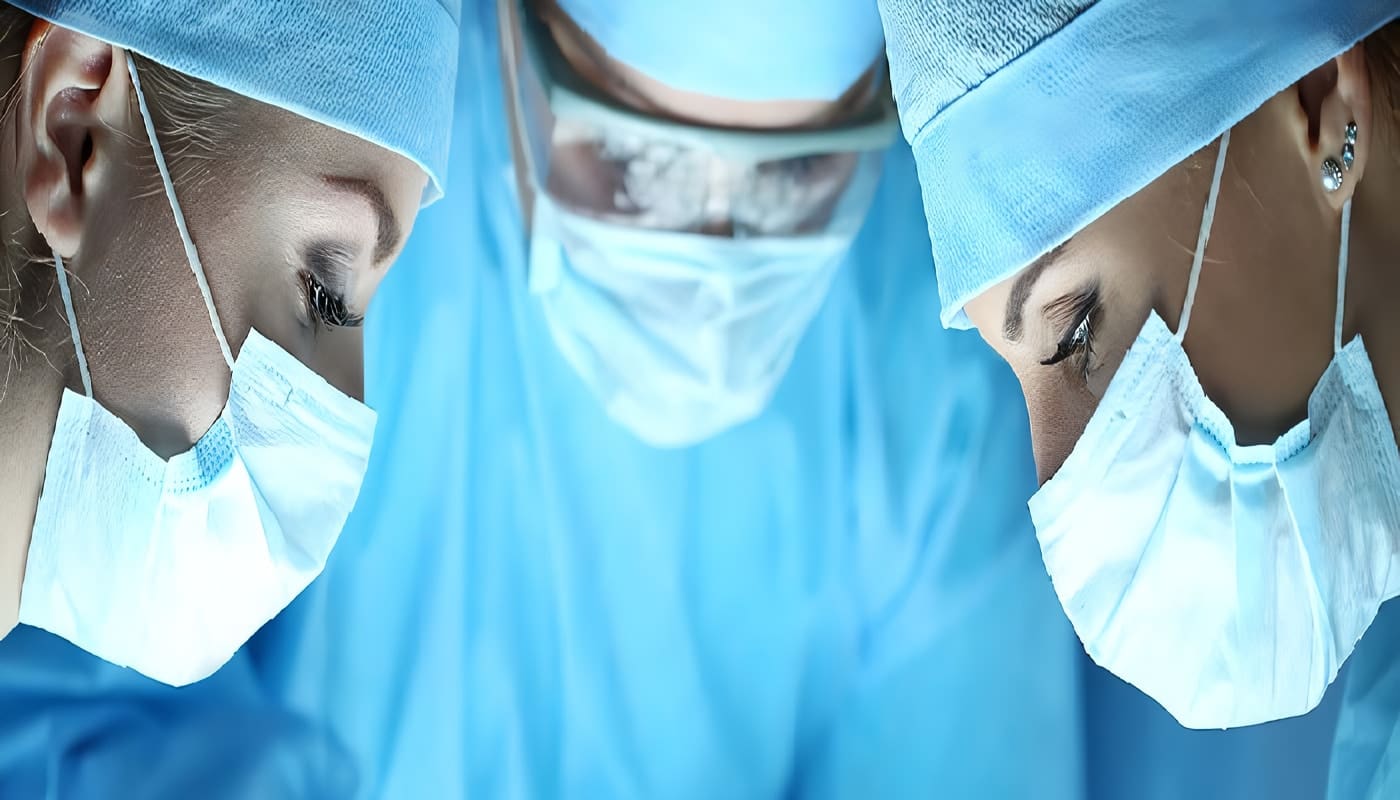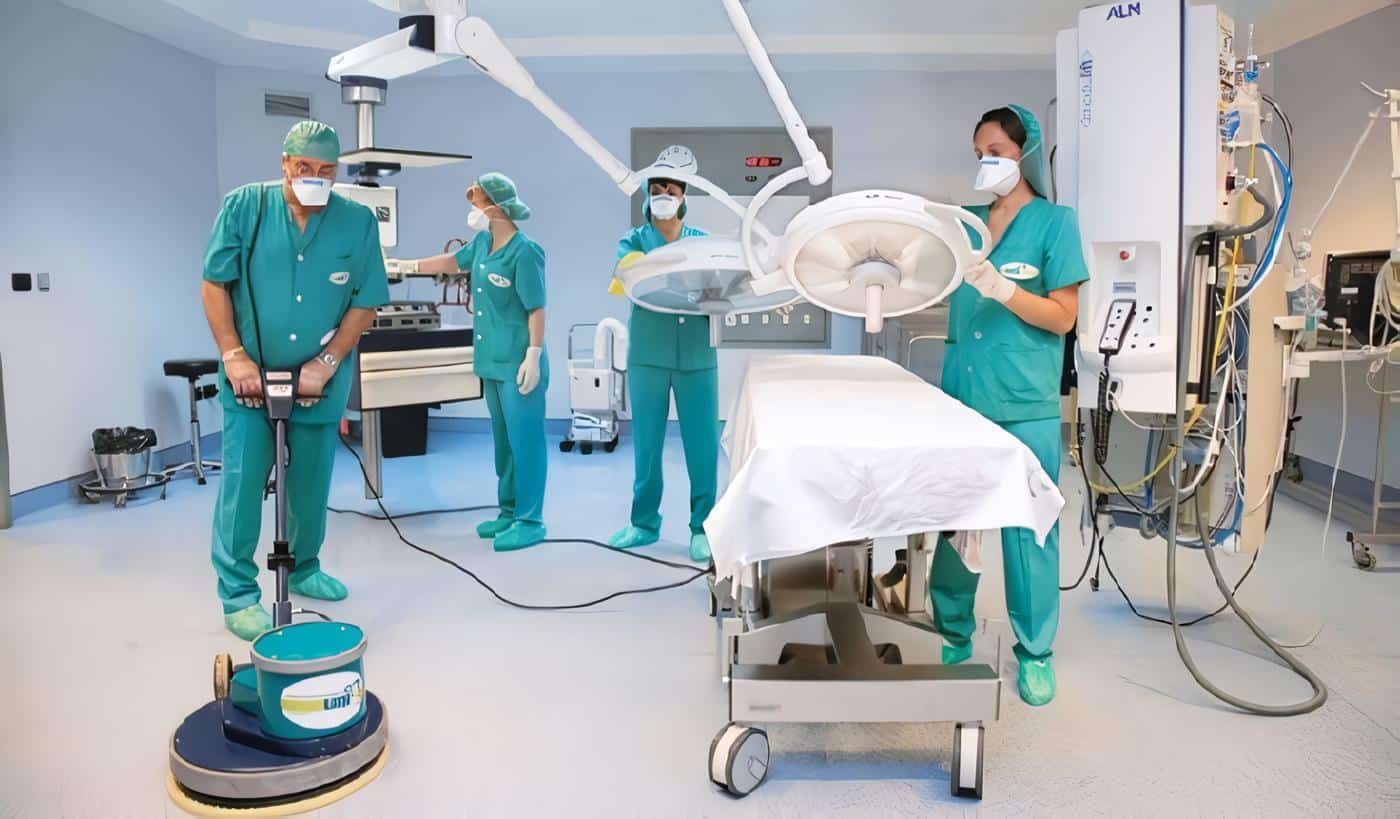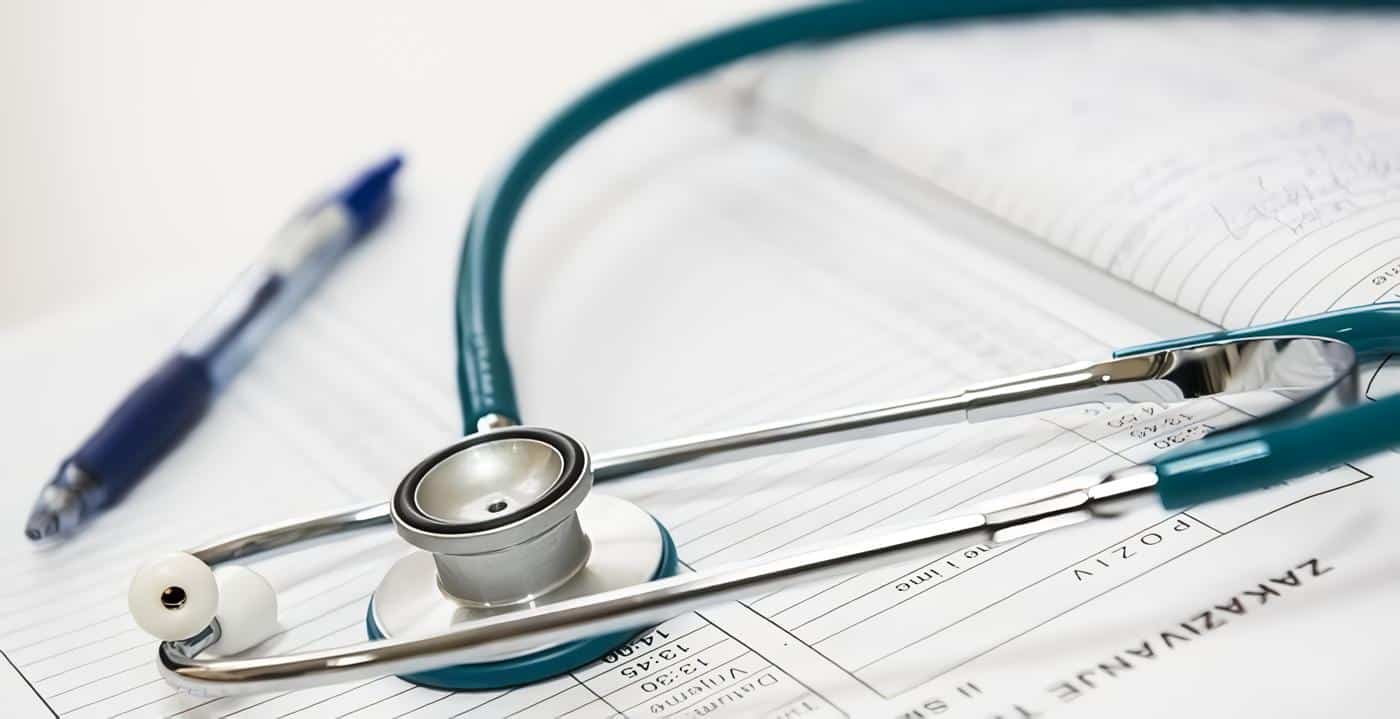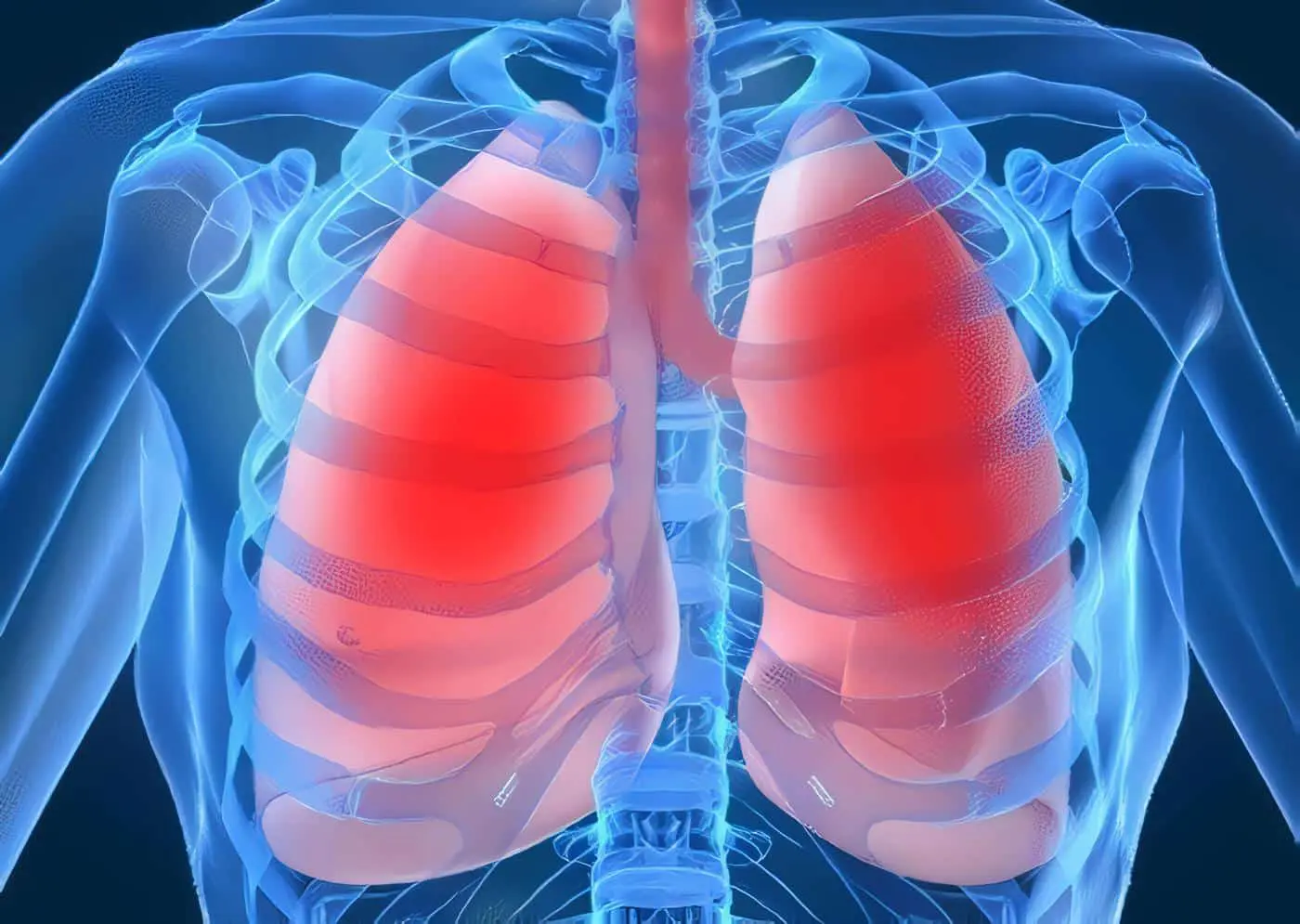Discusión
A pesar del bajo número de cirujanos encuestados, este estudio muestra que el entrenamiento en cirugía laparoscópica durante la residencia está relacionado con menor incidencia de lesiones de la vía biliar; no se determinó el papel de la colangiografía como medida preventiva, pues ninguno de los cirujanos encuestados la realiza en forma rutinaria. Asimismo, puede deducirse que hay una subestimación de la incidencia real de lesiones, pues algunos encuestados no determinaron en forma exacta el número de lesiones ocurridas durante su vida profesional.
De esta manera es difícil conocer la magnitud del problema, pues es bajo el número de encuestados en relación con la cantidad de cirujanos que realiza colecistectomía por laparoscopia en el país. Sin embargo, podemos concluir que el entrenamiento en laparoscopia básica está relacionado con una menor incidencia de lesiones de la vía biliar, posiblemente en relación con la superación de la curva de aprendizaje en forma más rápida.
Además de lo anterior, la diferencia no es marcadaf en ambos grupos, pues posiblemente el número de colecistectomías no varíe mucho entre los dos grupos; esto es indicador de que además de la curva de aprendizaje pueden y existen otros factores como las dificultades técnicas y anatómicas no evaluadas en esta encuesta.
Localización de las lesiones reportadas
La localización de las lesiones reportadas es similar a las informadas en la literatura mundial (19-24), en su mayoría en el conducto hepático común por debajo de la bifurcación de los hepáticos; esto es igual en ambos grupos, lo que podría indicar que el patrón del daño sería consecuencia del procedimiento y sus dificultades, más que del entrenamiento del cirujano (24-29).
La mayoría de los cirujanos del grupo B que reportó lesiones hicieron el diagnóstico en el intraoperatorio; esto podría reflejar mayor conocimiento de la anatomía biliar, disección más cuidadosa u otros factores como el equipo y el instrumental. El manejo de las lesiones se hizo en su mayoría en forma temprana, y esto está en relación con un mejor pronóstico a largo plazo, al igual que con menores costos (30).
Aunque la necesidad de remisión reportada fue baja, creemos que esto podría estar subestimado, pues no se conoce la necesidad real de remisión de los pacientes a largo plazo.
Conclusiones
Uno de los beneficios del entrenamiento formal o residencia es la capacidad de aprender en forma directa y supervisada, evitando así improvisación o fallas en la técnica quirúrgica que pudiera ser responsable de la aparición de complicaciones.
Luego de la llegada a nuestro medio de la colecistectomía por laparoscopia, muchos cirujanos adoptaron el procedimiento sin la supervisión directa y esto hizo que muchos cometieran errores en la identificación adecuada de la anatomía, resultando en lesiones biliares.
Presumiendo que se está subestimando la real magnitud del problema creemos que la incidencia de lesiones de la vía biliar es mayor, por lo tanto, se necesita la realización de estudios con un mayor número de encuestados, de carácter obligatorio y multiinstitucional, que permitan evaluar el estado del conocimiento en cirugía laparoscópica de los cirujanos colombianos actualmente en ejercicio.
Bile Duct Lesions during Laparoscopic Cholecystectomy. Technical, Anatomic and Educational Factors
Abstract
Objective:
To determine whether surgical residency training has influenced the occurrence of common bile duct injuries during laparoscopic cholecystectomy, and to assess the anatomic and technical details of bile duct injuries by surgeons trained in laparoscopic cholecystectomy after residency versus surgeons trained in laparoscopic cholecystectomy during residency.
Summary background data:
Shortly after the introduction of laparoscopic cholecystectomy, the rate of injury of the common bile duct increased to 0.5%, and injuries were more commonly reported early in each surgeon’s experience. It is not known whether trainingin laparoscopic cholecystectomy during surgery residency influences this pattern.
Methods:
An anonymous questionnaire was mailed to 250 surgeons across Colombia who completed an approved residency between 1980 and 1990 (group A) and to surgeons who completed resideney between 1992 and 1998 (group
B). All surgeons in group A learned laparoscopic cholecystectomy after residency, and all those in group B learned laparoscopic cholecystectomy during residency. Information obtained included practice description, number of laparoscopic cholecystectomies completed since residency, postgraduate training in laparoscopy. In addition, technical details queried included the completion of a cholangiogram, the interval between injury and identification, the method of repair, and the site of definitive treatment. The primary endpoint was the occurrence of a major bile duct injury during laparoscopic cholecystectomy (bile leaks without a major bile duct injury were not tabulated).
Results:
64 of the questionnaires were completed and returned. Mean practice experience was 13.6 years for group A and 5.4 years for group B. At least one injury occurrence was reported by 13 surgeons (38.2%) in group A and 6 surgeons (20%) in group B. Independent of the number of laparoscopic cholecystectomies completed since residency, group A surgeons were more likely to report one or more biliary injuries than their counterparts in group B. Bile duct injuries were more likely to be identified during surgery.
Sixty-four percent of all major bile duct injuries required biliary reconstruction, and most injuries were definitively treated at the hospital where the injury occurred. Only 10% of injuries were referred to another center for repair.
Conclusions:
Accepting that the survey bias underestimates the true incidence of bile duct injuries, residency training decreases the likelihood of injuring of a bile duct, but only by decreasing the frequency of early “learning curve” injuries. If one accepts a liberal definition of the learning curve (200 cases), it appears that at least one third of injuries are not related to inexperience but may reflect fundamental errors in the technique of laparoscopic cholecystectomy as practiced by a broad population of surgeons in the United States. Intraoperative cholangiography is helpful for intraoperative discovery of injuries when they occur. Most injuries are repaired in the hospital where they occur and are not universally referred to tertiary care centers.
Key words: laparoscopic cholecystectomy, biliary tract, intraoperative complications, education medical graduate.
Referencias
1. ROCCO O, RUSSELL JC, LYNCH J, et al. Laparoscopic cholecystectomy: a statewide experience. Arch Surg 1993; 128: 494-499.
2. PARS CJ, ORGAN CH, Jr, BARKAN H. Changing patterns of resident operative experience from 1990 to 1997. Arch Surg 2000; 135: 570-573.
3. ADAMSEN S, HANSEN OH, FUNCH-JENSEN P, et al. Bile duct injury during laparoscopic cholecystectomy: a prospective nationwide series. J Am Coll Surg 1997; 184: 571-578.
4. MERRIE AE, BOOTH MW, SHAH A, et al. Bile duct imaging and injury: a regional audit of laparoscopic cholecystectomy. Aust NZ J Surg 1997; 67: 706-711.
5. LEGORRETA AP, SILBER JH, COSTANTINO GN, et al. Increased cholecystectomy rate after the introduction of laparoscopic cholecystectomy. JAMA 1993; 270: 1429-1432.
6. SHEA JA, BERLIN JA, BACHWICH DR, et al. Indications for outcomes of cholecystectomy: a comparison of the pre and postlaparoscopic eras. Ann Surg 1998; 227: 343-350.
7. GOODMAN GR, HUNTER JG. Laparoscopic cholecystectomy: results from a university hospital. Am J Surg 1991; 162: 576-579.
8. RUTLEDGE R, FAKHRY SM, BAKER CC, et al. The impact of laparoscopic cholecystectomy on the management and outcome of biliary tract disease in North Carolina: a statewide, populationbased, time-series analysis. J Am Coll Surg 1996; 183: 31-45.
9. DEZIEL DJ, MILLIKAN KW, ECONOMOU SG, et al. Complications of laparoscopic cholecystectomy: a national survey of 4.292 hospitals and an analysis of 77.604 cases. Am J Surg 1993; 165: 9-14.
10. HUNTER JG, SACKIER JM, BERCI G. Training laparoscopic cholecystectomy: quantifying the learning curve. Surg Endosc 1994; 8: 28-31.
Otras Referencias
11. HUNTER JG. The learning curve in laparoscopic cholecystectomy. Minimally Invasive Therapy & Allied Technologies 1997; 6: 24-25.
12. A prospective analysis of 1518 laparoscopic cholecystectomies. The Southern Surgeons Club. N Engl J Med 1991; 324: 1073-1078.
13. WINDSOR JA, PONG J. Laparoscopic biliary injury: more than a learning curve problem. Aust NZ J Surg 1998; 68: 186-189.
14. FERZLI GS, FIORILLO MA, Hayek NE, et al. Chief resident experience with laparoscopic cholecystectomy. J Laparoendosc Adv Surg Tech 1997; 7: 147-150.
15. TRAVERSO LW, KOO KP, HARGRAVE K, et al. Standardizing laparoscopic procedure time and determining the effect of patient age/gender and presence or absence of surgical residents during operation. A prospective multicenter trial. Surg Endosc 1997; 11: 226-229.
16. HODGSON WJ, BYRNE DW, SAVINO JA, et al. Laparoscopic cholecystectomy. The early experience of surgical attendings compared with that of residents trained by apprenticeship. Surg Endosc 1994; 8: 1058-1062.
17. WU JS, DUNNEGAN DL, LUTTMANN DR, et al. The evolution and maturation of laparoscopic cholecystectomy in an academic practice. J Am Coll Surg 1998; 186: 554-561.
18. STEWART L, WAY L. Bile duct injuries during laparoscopic cholecystectomy: factors that influence results of treatment. Arch Surg 1995; 130: 1123-1128.
19. DAVIDOFF AM, PAPAS TN, MURRAY AE, et al. Mechanisms of major biliary injury during laparoscopic cholecystectomy. Ann Surg 1992; 215: 196-202.
20. National Institutes of Health consensus development conference statement of gallstones and laparoscopic cholecystectomy. Am J Surg 1993; 165: 390-398.
Bibliografías
21. MOOSSA AR, MAYER AD, STABILE B. Iatrogenic injury to the bile duct. Who, how, where? Arch Surg 1990; 125: 1028-1030.
22. FLETCHER DR, HOBBS MS, TAN P, et al. Complications of cholecystectomy: risks of the laparoscopic approach and protective effects of operative cholangiography: a populationbased study. Ann Surg 1999; 229: 449-457.
23. CALVETE J, SABATER L, CAMPS B, et al. Bile duct injury during laparoscopic cholecystectomy: myth or reality of the learning curve? Surg Endosc 2000; 14: 608-611.
24. JONES MONAHAN K, GRUENBERG JC. Bile duct injuries during laparoscopic cholecystectomy: a community’s experience. Am Surg 1998; 64: 638-642.
25. MOOSSA AR, EASTER DW, VAN SONNENBERG E, et al. Laparoscopic injuries to the bile duct. A cause for concern. Ann Surg 1992; 215: 203-208.
26. JOHNSON SR, KOEHLER A, PENNINGTON LK, HANTO DW. Longterm results of surgical repair of bile duct injuries following laparoscopic cholecystectomy. Surgery 2000; 128: 668-677.
27. LILLIEMOE KD, MELTON GB, CAMERON JL, et al. Postoperative bile duch strictures: management and outcome in the 1990s. Ann Surg 2000; 232: 430-441.
28. HUNTER JG. Laparoscopic cholecystectomy and the common bile duct. Surg Endosc 1994; 8: 285-286.
29. WAY LW. Bile duct injury during laparoscopic cholecystectomy. Ann Surg 1992; 215: 195.
30. VEZAKIS A, DAVIDES D, AMMORI BJ, et al. Intraoperative cholangiography during laparoscopic cholecystectomy. Surg Endosc 2000; 14: 1118-1122.
Otras Bibliografías
31. OLSEN D. Bile duct injuries during laparoscopic cholecystectomy. Surg Endosc 1997; 11: 133-138.
32. SOPER NJ, DENEGAN DL. Routine versus selective intra-operative cholangiography during laparoscopic cholecystectomy. World J Surg 1992; 16: 1133-1140.
33. SILVERSTEIN JC, WAVAK E, MILLIKAN KW. A prospective experience with selective cholangiography. Am Surg 1998; 64: 654-658.
34. GIGO J, ETIENNE J, AERTS R, et al. The dramatic reality of biliary tract injury during laparoscopic cholecystectomy. An anonymous multicenter Belgian survey of 65 patients. Surg Endosc 1997; 11: 1171-1178.
35. SAVADER SJ, LILLLEMOE KD, PRESCOTT CA, et al. Laparoscopic cholecystectomy-related bile duct injuries: a health and financial disaster. Ann Surg 1997; 225: 268-273.
36. HUNTER JG. Avoidance of bile duct injury during laparoscopic cholecystectomy. Am J Surg 1991; 161: 71.
37. NAGY A. History and development of laparoscopic surgery. En: Eubanks S, Swanstrom L, Soper N. Mastery of endoscopic and laparoscopic surgery, LWW, 2000; 7-11.
38. CUÉLLAR C, MORENO E. Colecistectomía laparoscópica, primera experiencia en Colombia, Rev Col Cir 1992; 2: 5-12.
39. MCMAHON AJ, et al. Bile duct injury and bile leakage in laparoscopic cholecystectomy. Brit J Surg 1995, 82, 307-313.
40. SOPER N, STRASBERG S. An analysis of the problem of biliary injury during laparoscopic cholecystectomy. Collective review. J Am Coll Surg 1995; 180: 101-125.
Fuentes
41. SOPER N (Ed.). Laparoscopic cholecystectomy. Curr Probl Surg 1991; 28: 585-655.
42. MASON E, DUNCAN T. Laparoscopic cholecystectomy. En: Eubanks S, Swanstrom L, Soper N. Mastery of endoscopic and laparoscopic surgery, LWW, 2000; 241-249.
43. PITCHER DE, MARTIN DT, ZUCKER KA. Laparoscopic cholecystectomy. En: Arregui ME, Fitzgibbons JR, Katkhouda N, et al. Principles of laparoscopic surgery, basic and advanced techniques. New York Springer-Verlag 1995; 113-128.
44. KATHOUDA N, MAVOR E, MASON RJ. Visual identification of the cystic duct-CBD junction during laparoscopic cholecystectomy (visual cholangiography).an additional step for prevention of CBD injuries. Surg Endosc 2000; 14: 88-89.
45. BALIJA M, HUIS M, NICOLIE V, STULHOFER M. Laparoscopic visualization of the cystic artery anatomy. World J Surg 1999; 23: 703-707.
46. BERGAMASCHI R, IGNJATOVIC D. More than two structures in Calot¨s triangle.A postmortem study. Surg Endosc 2000; 14: 354-357.
47. SCHWESINGER WH, SIRINEK KR, STRODEL WE. Laparoscopic cholecystectomy for biliary tract emergencies: state of the art. World J Surg1999; 23: 334-342.
48. GEOGHEHAN JG, KEANE FB. Laparoscopic management of complicated gallstone disease. Br J Surg 1999; 86: 155-156.
49. VERGNAUD JP, LOPERA C, PENAGOS S. Colecistectomía laparoscópica en colecistitis aguda. Rev Col Cir 2002; 17: 42-47.
ANDRÉS FELIPE ACEVEDO BETANCUR, MD
Correo electrónico: aacevedo@epm.net.co Medellín, Colombia

